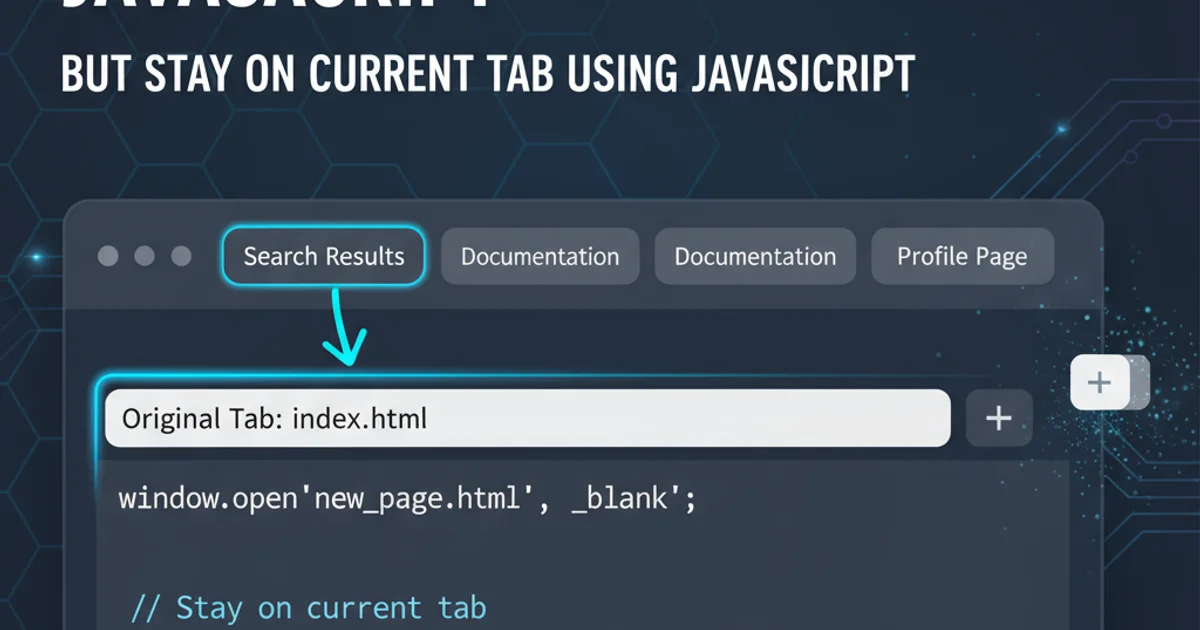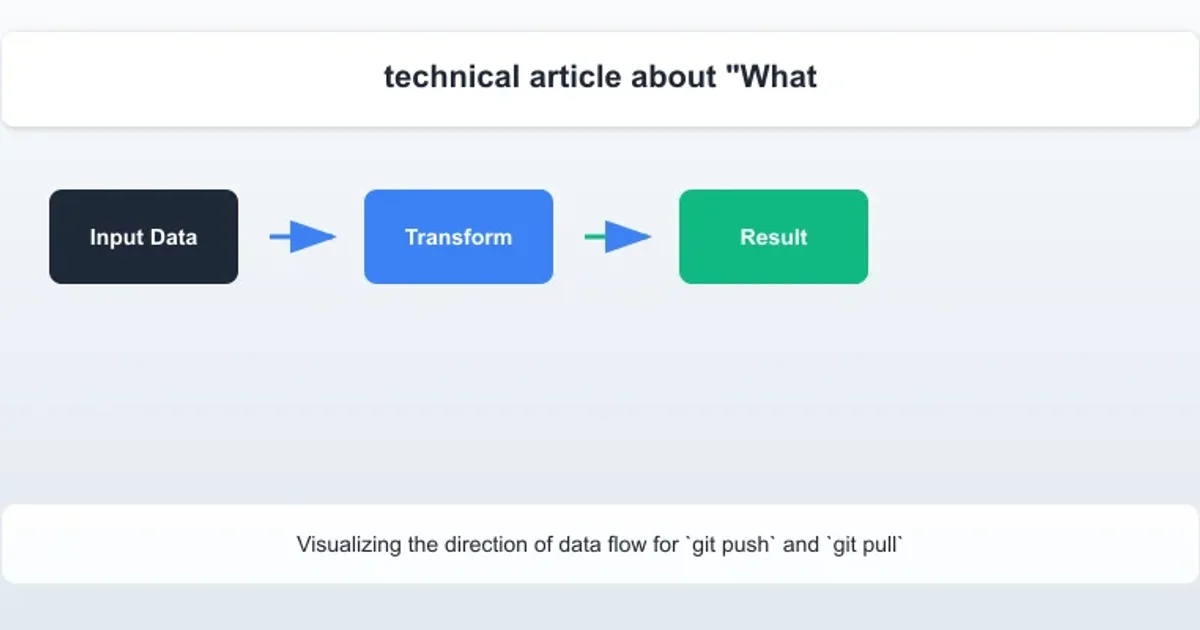What is the difference between git push and git pull?
Categories:
Git Push vs. Git Pull: Understanding the Core of Remote Repository Interaction

Explore the fundamental differences between git push and git pull, two essential commands for managing changes between your local repository and a remote server. Learn when and how to use each for effective collaboration.
In the world of version control with Git, git push and git pull are two of the most frequently used commands. While they both facilitate interaction with remote repositories, they serve distinct purposes. Understanding their differences is crucial for maintaining a clean, collaborative, and efficient development workflow. This article will break down what each command does, how they work, and when to use them.
What is git push?
git push is used to upload local repository content to a remote repository. When you make changes, commit them to your local branch, and then want to share those changes with others or back them up to a central server, you use git push. It effectively 'pushes' your committed changes from your local branch to a specified remote branch.
git push <remote> <branch>
Basic syntax for git push
For example, to push your local main branch to the origin remote, you would use git push origin main. If the remote branch doesn't exist, Git will usually create it. If you're pushing for the first time, you might need to set an upstream branch with the -u or --set-upstream flag.
git push -u origin main
Pushing for the first time and setting the upstream branch
git pull before a git push is a common best practice.What is git pull?
git pull is used to fetch and download content from a remote repository and immediately update the local repository to match that content. It's essentially a combination of two other Git commands: git fetch followed by git merge. When you want to get the latest changes that others have pushed to the remote repository, you use git pull.
git pull <remote> <branch>
Basic syntax for git pull
For instance, to pull changes from the main branch of the origin remote into your current local branch, you would use git pull origin main. If there are conflicting changes between your local branch and the remote branch, Git will attempt to merge them. If an automatic merge is not possible, you will need to resolve the merge conflicts manually.
git pull if you have uncommitted local changes, as it might lead to merge conflicts or unexpected behavior. It's often safer to commit or stash your local changes first.The Workflow: Push and Pull in Action
The typical Git workflow involves a cycle of pulling changes from the remote, making local modifications, committing those changes, and then pushing them back to the remote. This ensures that everyone on a team is working with the most current version of the codebase.
flowchart TD
A[Start Development] --> B{Local Changes Made}
B --> C[git add .]
C --> D[git commit -m "My changes"]
D --> E{Ready to Share?}
E -->|Yes| F[git pull origin main]
F --> G{Merge Conflicts?}
G -->|Yes| H[Resolve Conflicts]
H --> I[git add .]
I --> J[git commit -m "Resolved conflicts"]
J --> K[git push origin main]
G -->|No| K
E -->|No| B
K --> L[Changes on Remote]
L --> M[Other Developers Pull]
M --> ATypical Git Push/Pull Workflow
Key Differences Summarized
To reiterate, git push sends your local commits to the remote, while git pull retrieves commits from the remote and integrates them into your local branch. They are complementary operations essential for collaborative development.

Visualizing the direction of data flow for git push and git pull